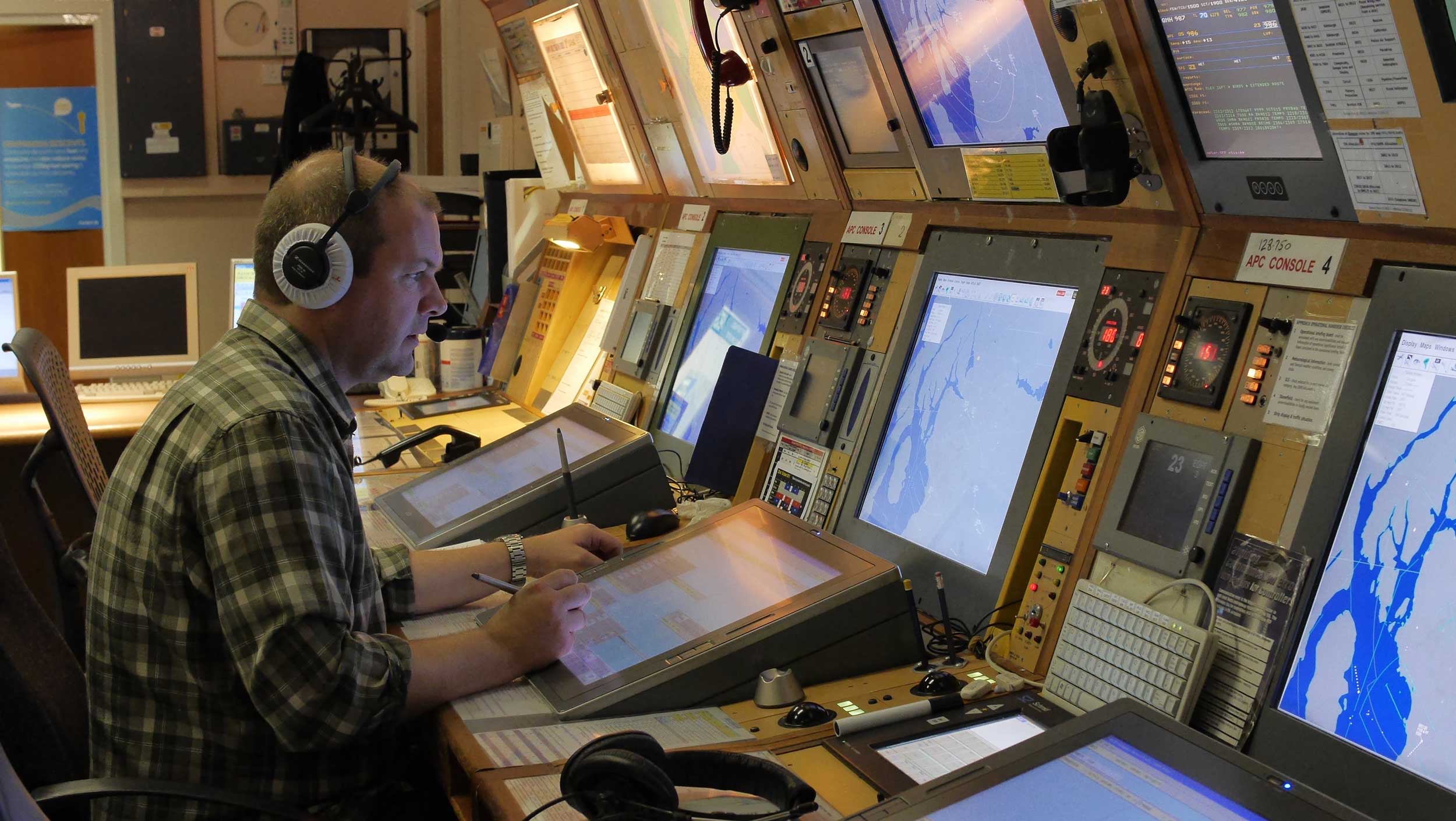Paige Turner woke up, looking forward to the surprise sortie she had planned for her husband, Ed. The weather looked good, with clear skies which were due to stay according to the TAF. The plan was to depart from Gloucester Airport and fly down to the Scilly Isles for their anniversary. With a VFR Flight Plan in place, Paige was confident the day would go without a hitch.
Paige hired a PA28 for the weekend and they got to Gloucester Airport early to allow time to conduct the pre-flight checks. All appeared to be in good working order. Both Paige and Ed have PPLs, and both have hundreds of hours of experience in the Cherokee.
Air Traffic Control cleared them for take-off, and they began their journey south-bound avoiding Bristol CTA. Paige and Ed decide to fly autonomously as the visibility is excellent.
After 90 minutes of uninterrupted flying, the aircraft engine starts spluttering and appears to be having issues…
Without further delay or taking unnecessary risks, Paige dials up 121.5MHz and calls a Pan to D&D.
Paige: “London Centre. Pan-Pan , Pan-Pan , Pan-Pan . G-HELP, Pan.”
D&D: “G-HELP, Pan Acknowledged, Squawk 7700 (or Squawk Emergency). Pass details when ready.”
Flt Lt Jason Bowditch takes up the story. This triggers an alarm in the D&D Ops room and we immediately locate the position of the aircraft. The radar also gives us the last Squawk the aircraft was wearing, in this case, 7000. But if they were working an ATC Unit, D&D could see the last designated Squawk. It gives us an indication as to who to ask first to get the details.
Paige: “London Centre, Pan G-HELP, is a Piper Cherokee, 2 POB, we have a rough running engine. Request diversion to the nearest aerodrome.”
D&D: “G-LP, your position indicates 4nm west of Bodmin. Taking your own terrain clearance, steer for Newquay is 260, 12nm.”
The details D&D require are: type (we can usually get from the callsign using Mode S), POB, nature of emergency, endurance, intentions of the pilot.
As the pilot wasn’t in RT contact with another ATC Unit and freecalled D&D direct, D&D will retain Operational Control (Emergency Control) as well as Executive Control (Emergency Supervision). We will then give Operational Control to Newquay ATC when G-HELP is handed over to their radar controllers.
The details of the emergency will be passed onto RAF Boulmer’s Identification Officer. We’d also pass the details to the Joint Rescue Coordination Centre (JRCC – formerly known as ARCC). This effectively alerts them in the event of the emergency escalating to a Mayday – whereby they are potentially unable to maintain height and are forced to make an emergency crash-landing into a field. They can then scramble a SAR asset from the nearest location and be on the scene expeditiously.
D&D: “G-LP, do you require the latest weather at Newquay?”
Paige: “Negative, we have received the Newquay’s latest ATIS G-LP.”
D&D has the latest weather to hand for pilots who require the information.
D&D: “G-LP, what type of approach at Newquay?”
Paige: “Request a visual straight-in approach G-LP.”
At this point D&D would prenote the destination aerodrome of the diversion and hand the aircraft safely over to the ATC Unit at an appropriate range (usually within 30-40nm), handing over Operational Control in the process. We’d request they inform us when the aircraft is either safely on the ground (or they’ve handed Operational Control of the emergency onto another ATS provider).
Alternatively…
If Paige made an unexpected descent into a field, we would mark the last observed Lat and Long, the last observed height, and direction of travel. We would then pass the details to the JRCC which would very likely scramble the SAR asset to the estimated location of the crash-landing site. JRCC will coordinate the scramble of its SAR asset as well as help in passing on information to emergency services when required. D&D has a close and excellent working relationship with JRCC which makes processes between the two appear seamless, which is vital with what we’re trying to achieve together.
If Paige was already under control from an ATC Unit, the details of the emergency would be passed from controller to D&D, and D&D would liaise with JRCC and Boulmer as above.
You’ll be pleased to know that in this example, Paige and her husband landed safely at Newquay.
Key take-aways
A few key learning points from the above scenarios to take away:
There are two conditions of emergencies, as defined in the Flight Information Handbook:
“DISTRESS. A condition of being threatened by serious and/or imminent danger and of requiring immediate assistance.”
“URGENCY. A condition concerning the safety of an AS or other vehicle, or of some person on board or within sight, but does not require immediate assistance.”
If the condition is distress: then the aircrew will transmit Mayday three times followed by the callsign once. If the condition is urgent the aircrew will transmit Pan-Pan three times followed by the callsign once.
If you are already in communication with an ATC Unit, then inform that unit of the details of your emergency. If you are not in communication with anyone, contact D&D directly on 121.5Mhz. Either way, you’ll be monitored on radar until the emergency is complete.
Our ultimate aim is to help save lives – actions on emergencies is one of D&D’s top priorities.
Hopefully this has given a bit of insight and assurance that D&D is doing all it can from the ground to bring you home safe.
Hope this was useful.







1 comment
All I can say is Thank You. When it happened to me for real they took huge amounts of workload off me so all I had to do was to fly the aircraft. They cleared traffic from a regional airport so I was able to land and their assistance cannot be exaggerated. Thank you.